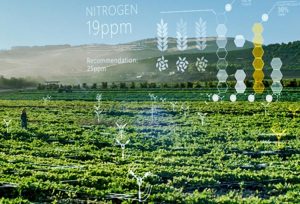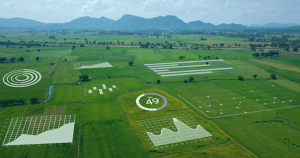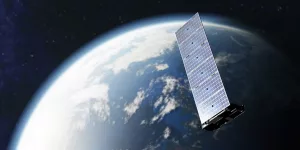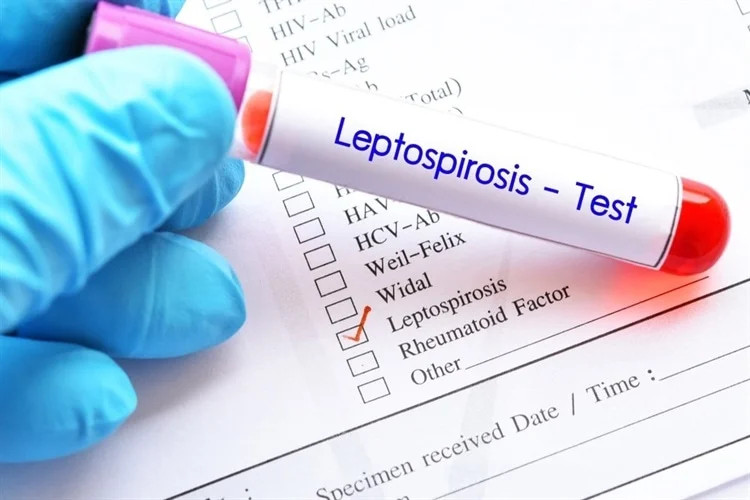Tanzania Communication Regulatory Authority (TCRA) Director General Jabiri Bakari confirmed to The Citizen that the Starlink Company had made an application. The Citizen newspaper of Saturday, November 19, 2022 reported “Elon Musk’s satellite internet service Starlink set to be available in Tanzania (Dar es Salaam, Arusha, Tanga, Tabora & Mwanza) between Jan – April 2023” pic.twitter.com/yo8cMSAGA5
Implication in Agriculture
 With this expectation, Sokoine University of Agriculture, and other stakeholders we can get ready in promoting widely digital agriculture to work out the threat of food shortage in the coming years. By 2050 it is expected that the world population will be 9.7 billion people. Feeding them will require increasing current food production by up to 98%.
With this expectation, Sokoine University of Agriculture, and other stakeholders we can get ready in promoting widely digital agriculture to work out the threat of food shortage in the coming years. By 2050 it is expected that the world population will be 9.7 billion people. Feeding them will require increasing current food production by up to 98%.
 Digital agriculture allows the integration of technology and data analytics into agricultural practices to increase efficiency, reduce waste, and ensure food security. This includes the use of sensors, drones, artificial intelligence, and machine learning to monitor soil moisture, weather conditions, crop growth, and pest infestations. Precision farming techniques such as variable rate seeding, fertilization, and irrigation allow for more targeted use of inputs, reducing costs and increasing yields.
Digital agriculture allows the integration of technology and data analytics into agricultural practices to increase efficiency, reduce waste, and ensure food security. This includes the use of sensors, drones, artificial intelligence, and machine learning to monitor soil moisture, weather conditions, crop growth, and pest infestations. Precision farming techniques such as variable rate seeding, fertilization, and irrigation allow for more targeted use of inputs, reducing costs and increasing yields.
Therefore, digital Agriculture can help with daily farm management by improving traceability, security, and automation. Digital agriculture makes use of precision and data-driven technologies to assist farmers with real-time and site-specific decision-making. It includes monitoring animals, prescriptive fertilizer programs, geospatial mapping, etc. Furthermore, with Digital Agriculture different farm operations can be remotely controlled from mobile phones and dashboards while getting real-time information from elsewhere. The agricultural industry is one of the sectors that can be positively affected by digital and technological transformation. The transformation has facilitated the development of new technologies that improved the accessibility, quality, and quantity of agricultural products.
Possibilities of digital agriculture in the near future
By Charles Moses Lyimo (Dr. Sci. Agr.)
From the Department of Animal, Aquaculture, and Range Sciences in the College of Agriculture, SUA, Morogoro, Tanzania.
Share this page






